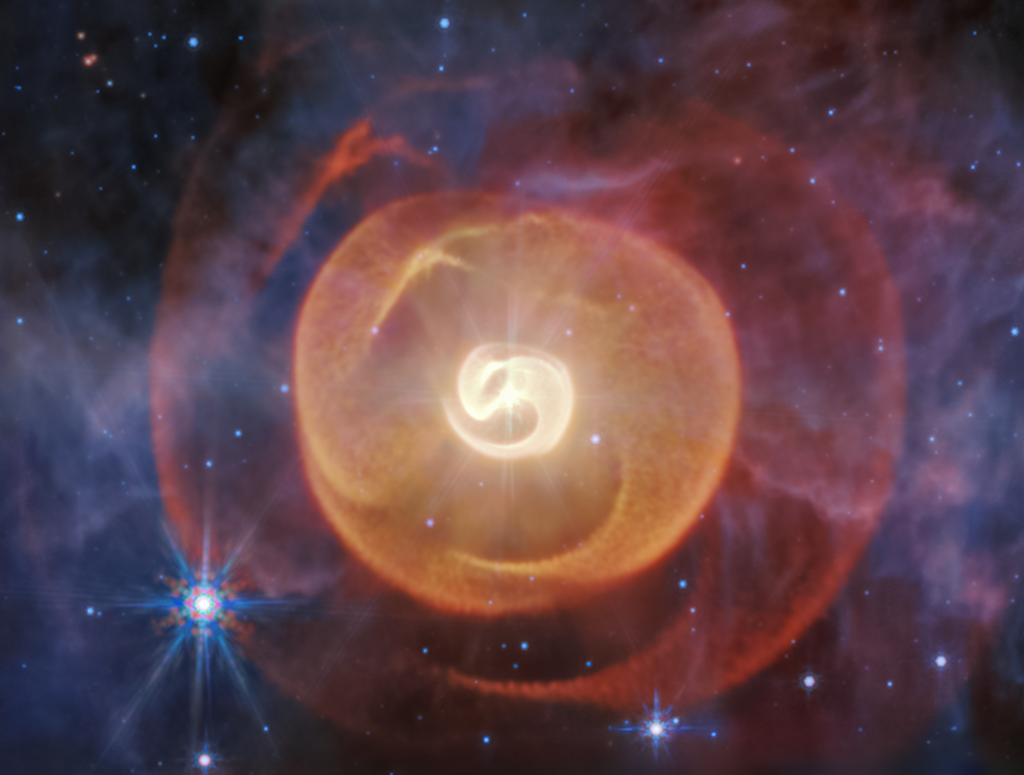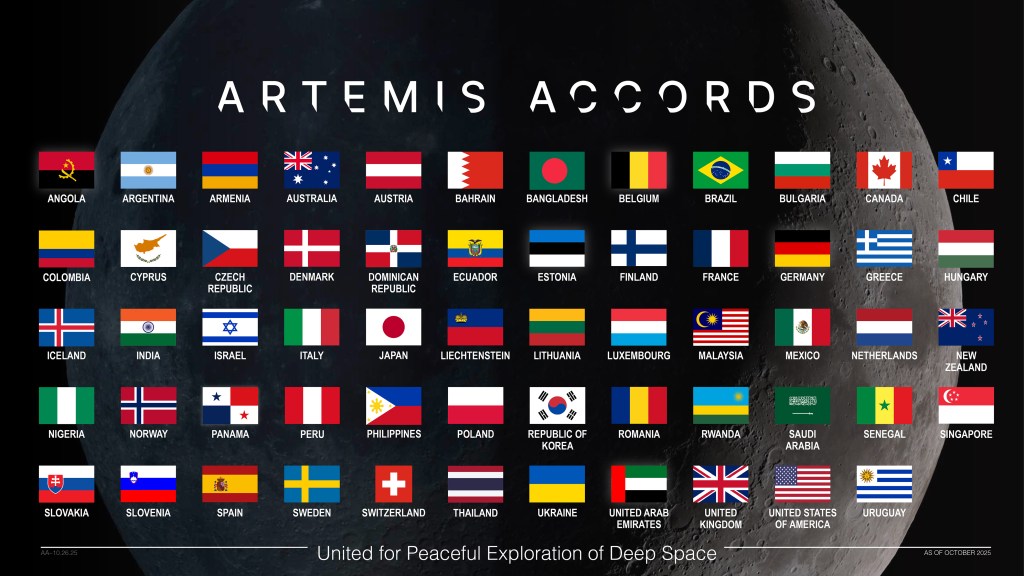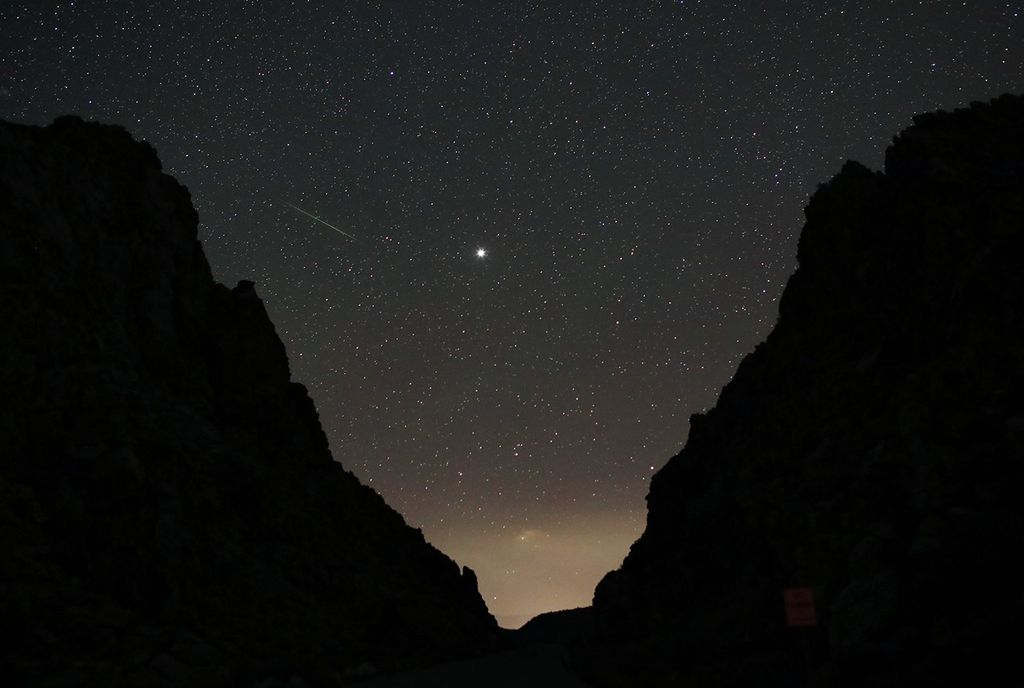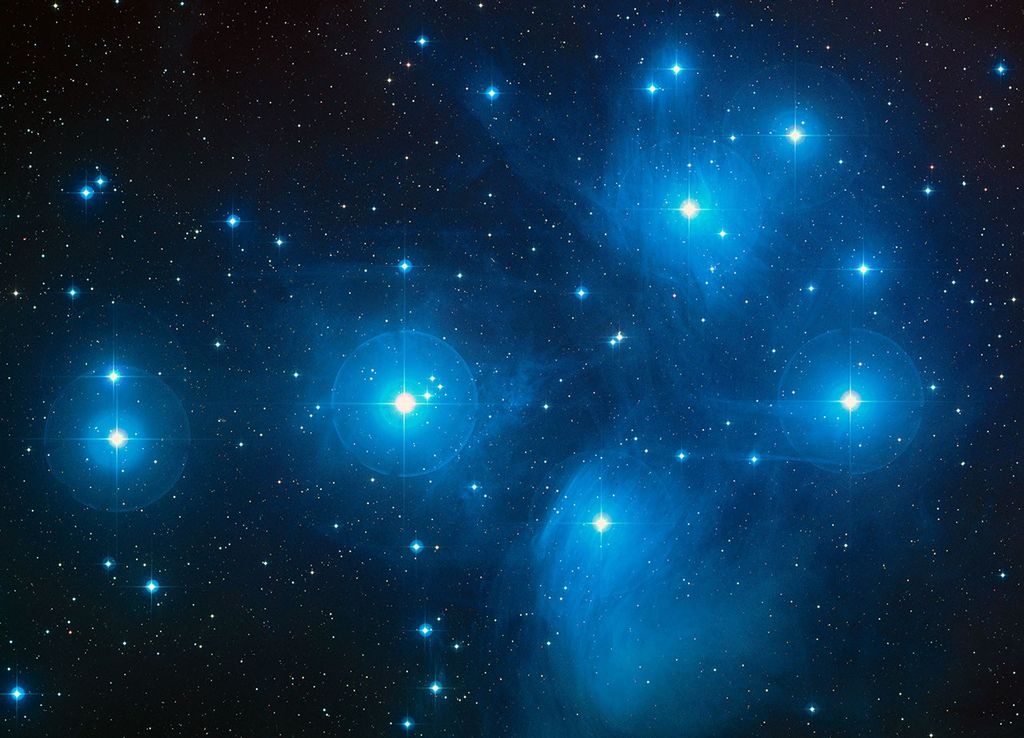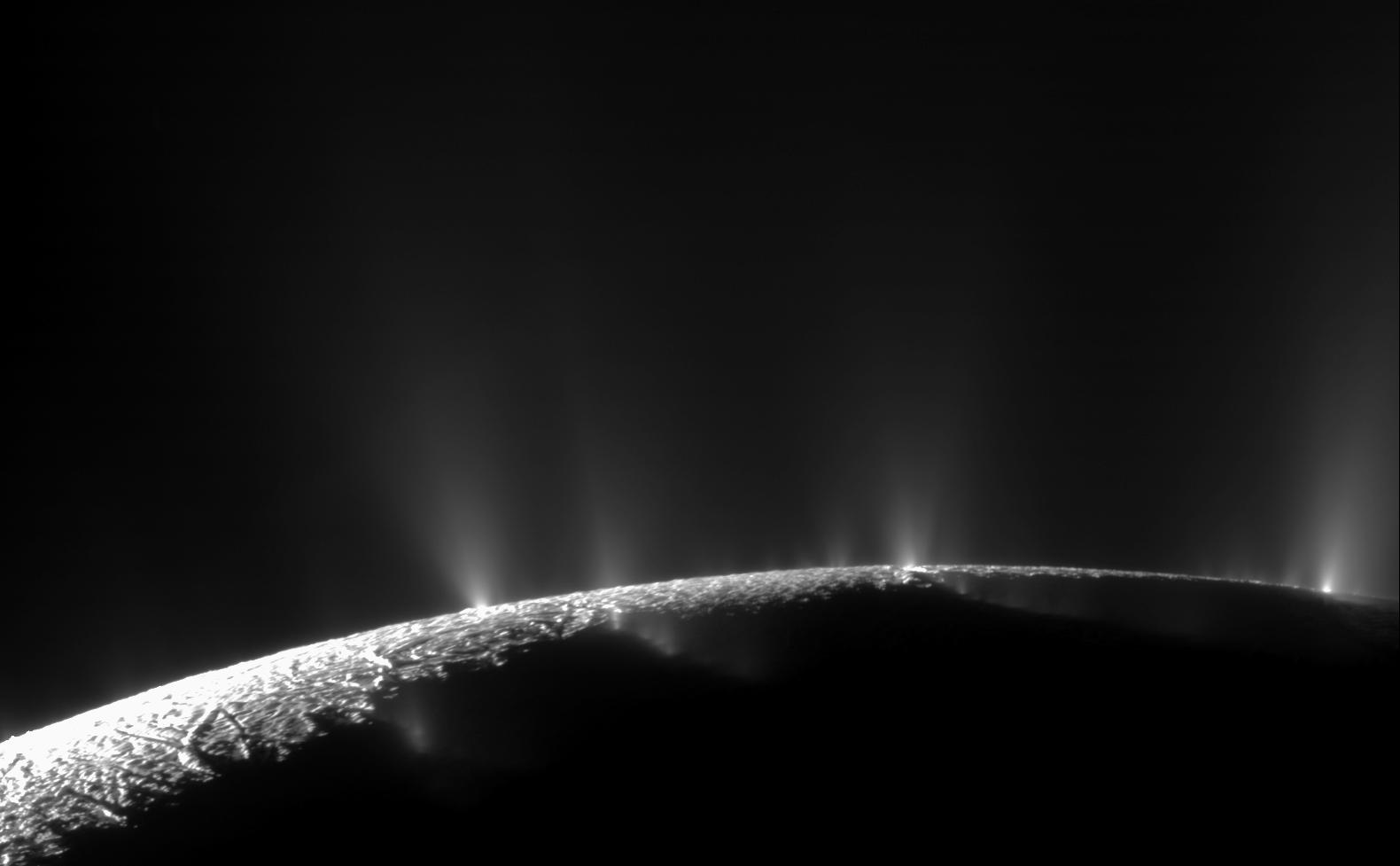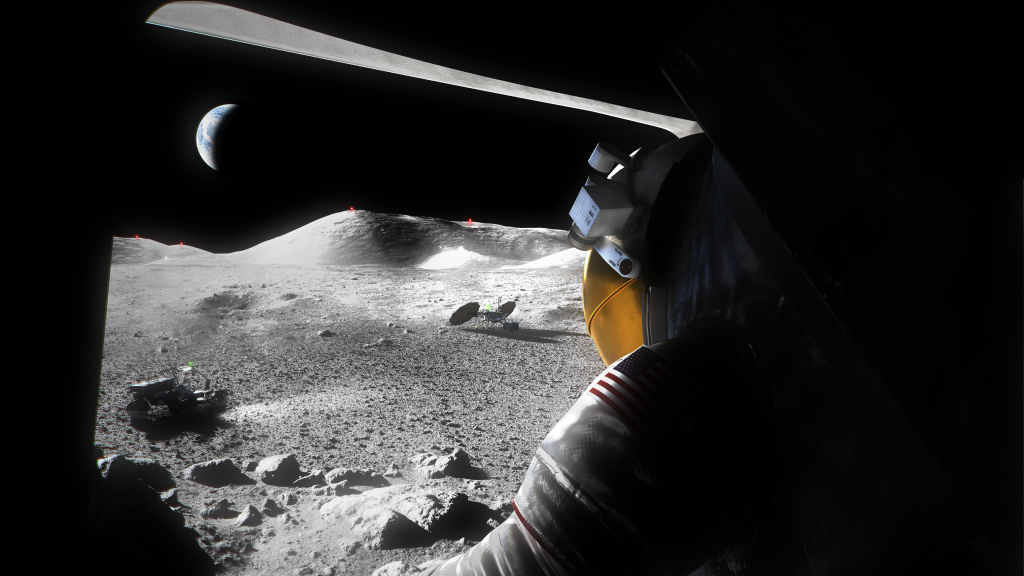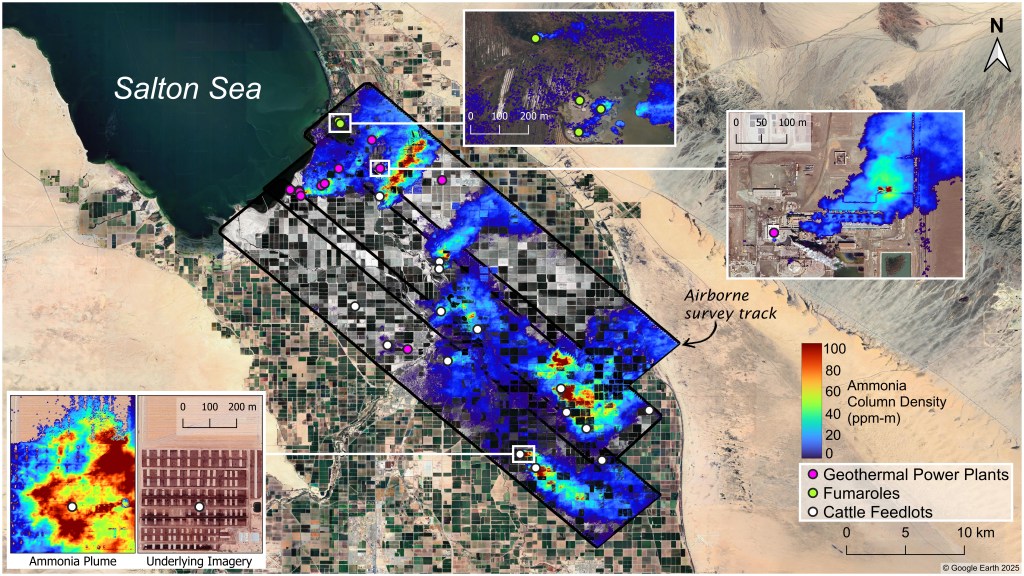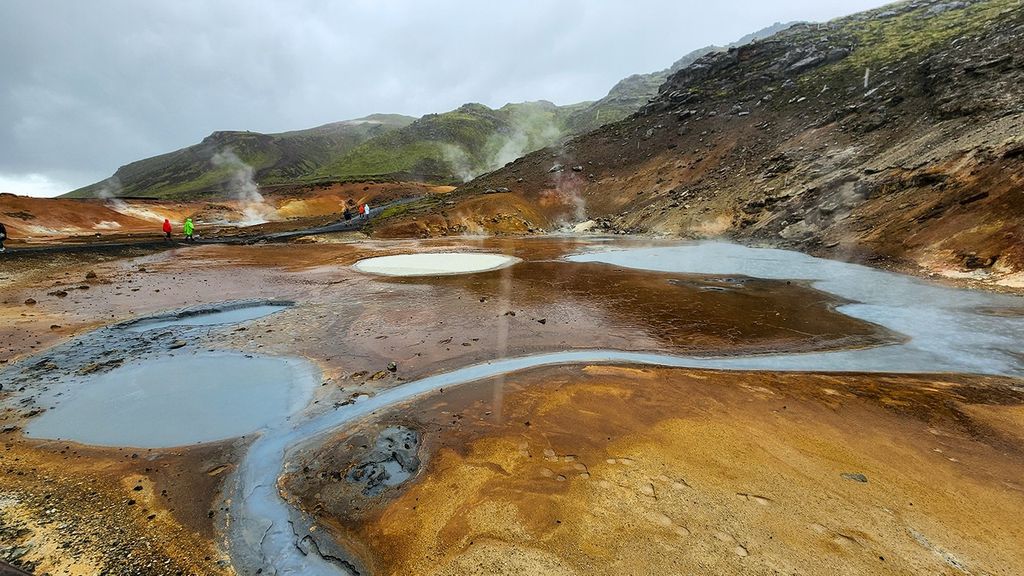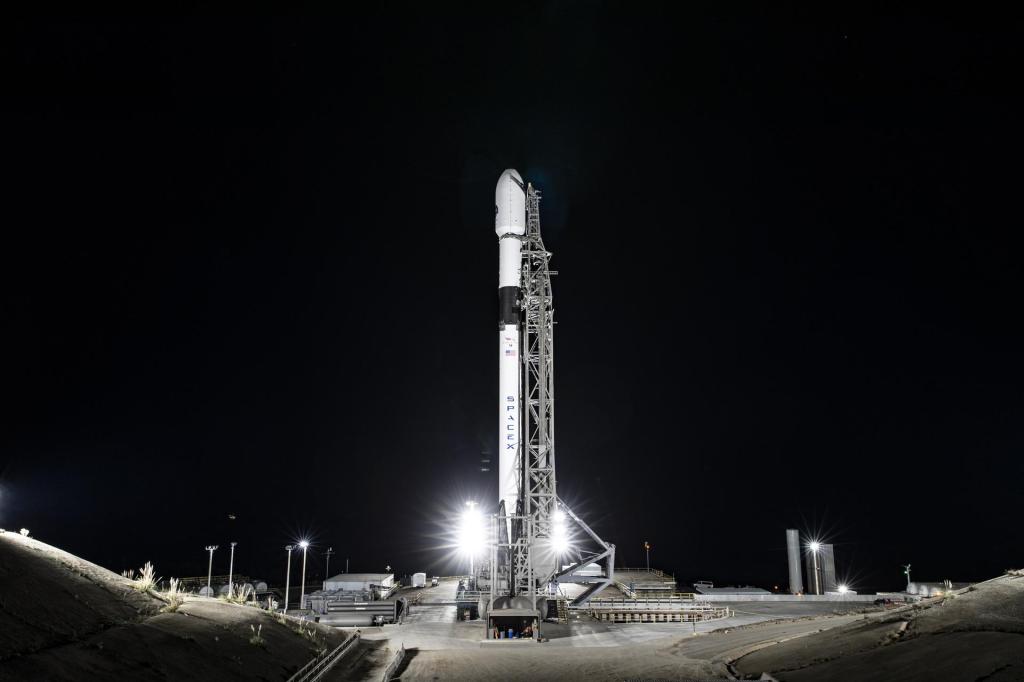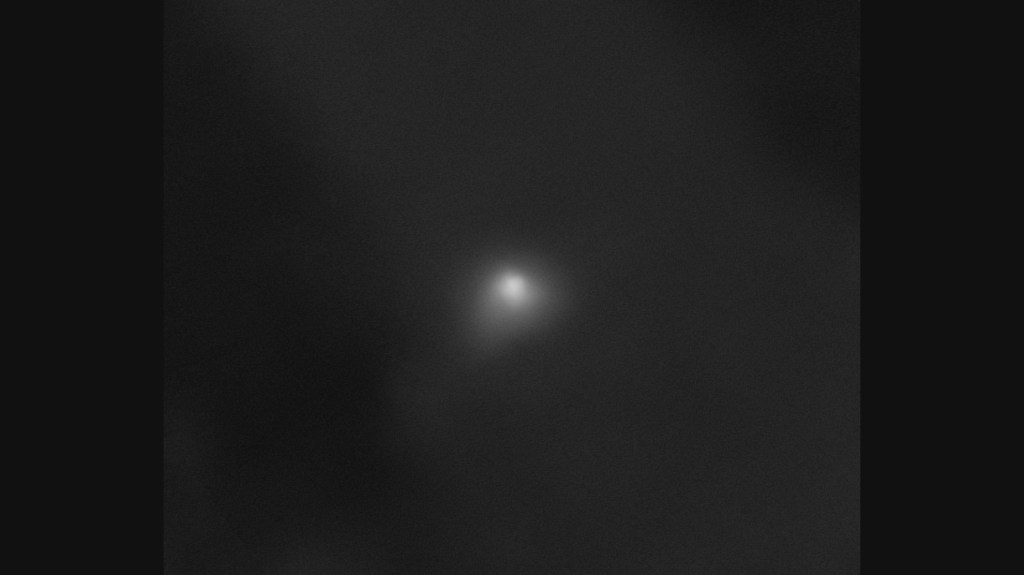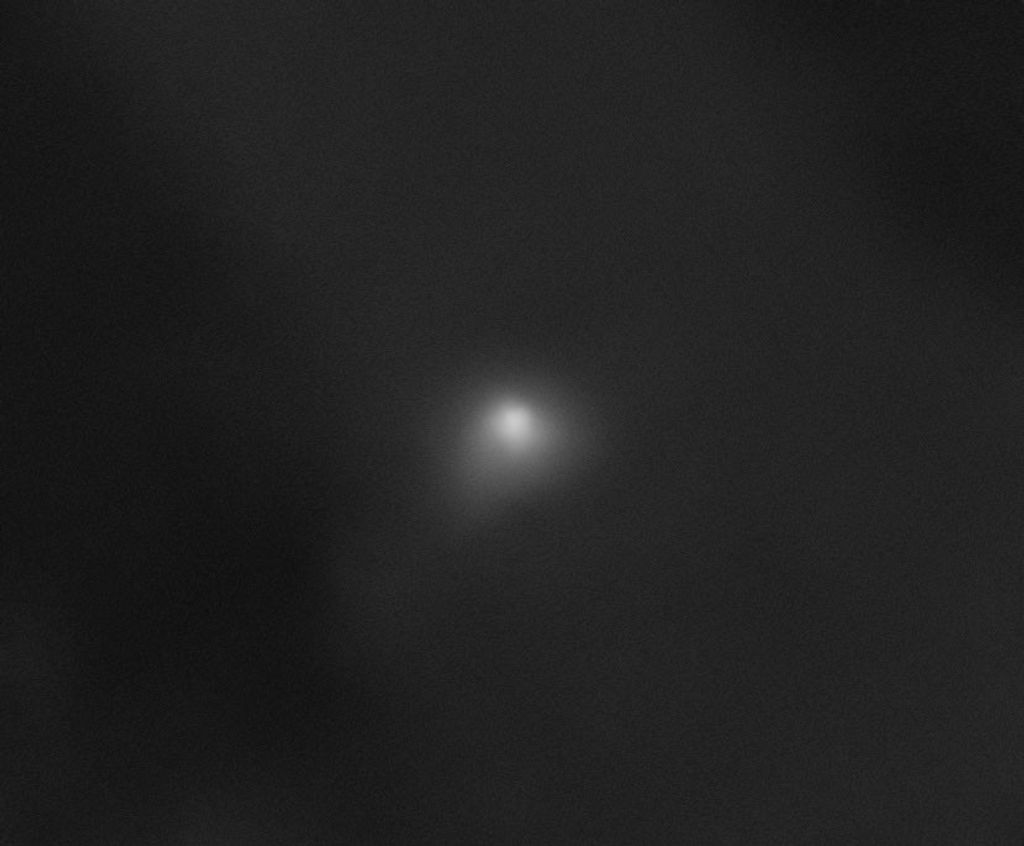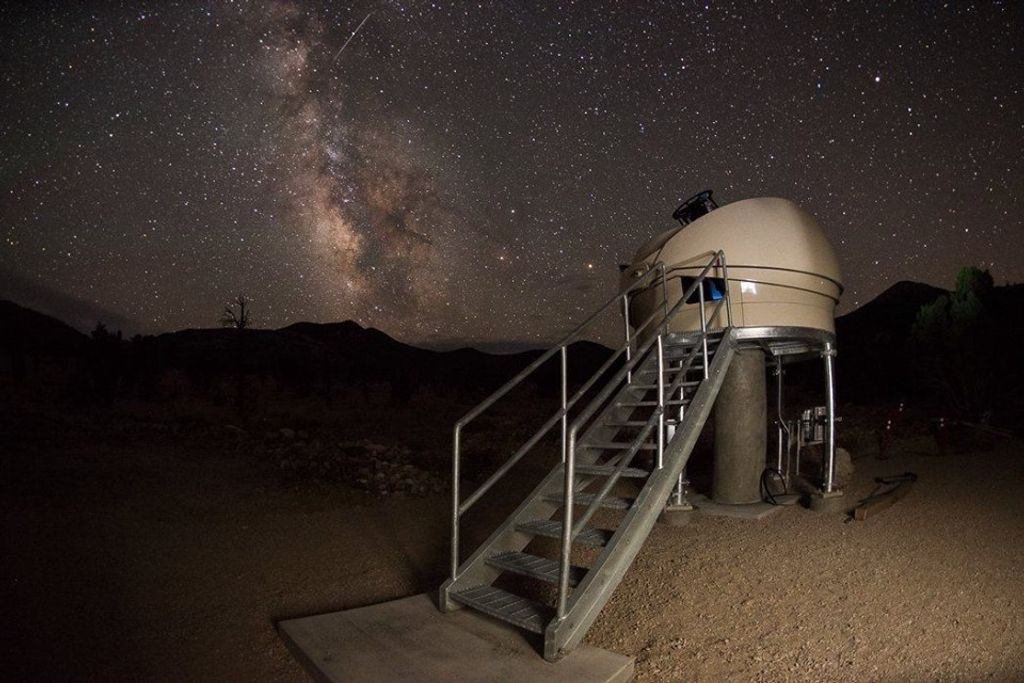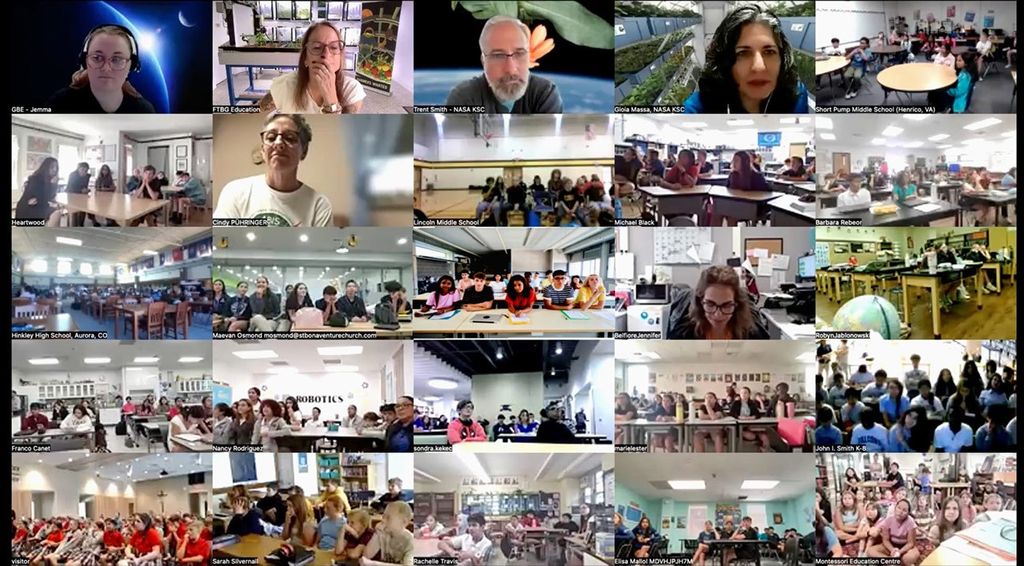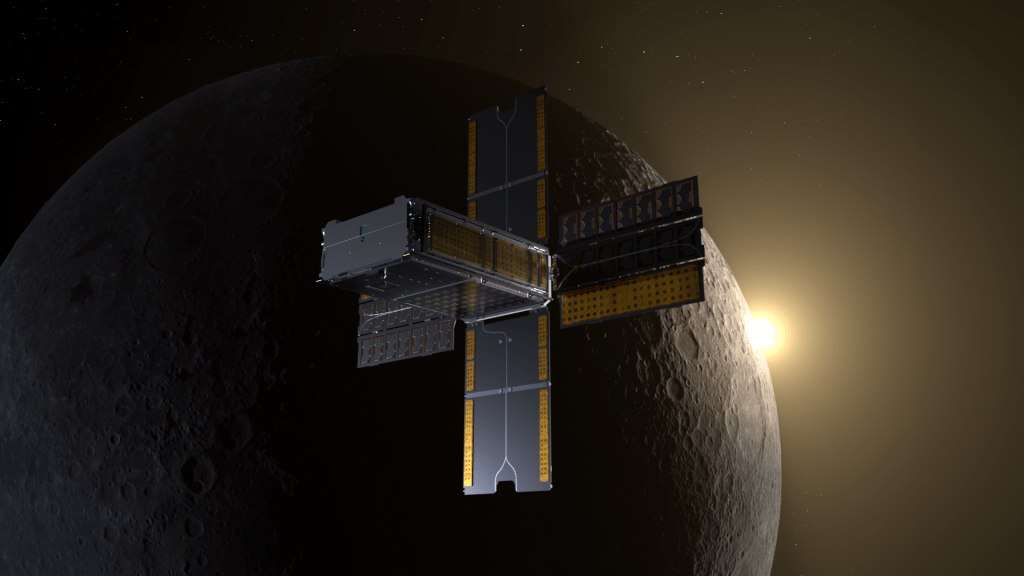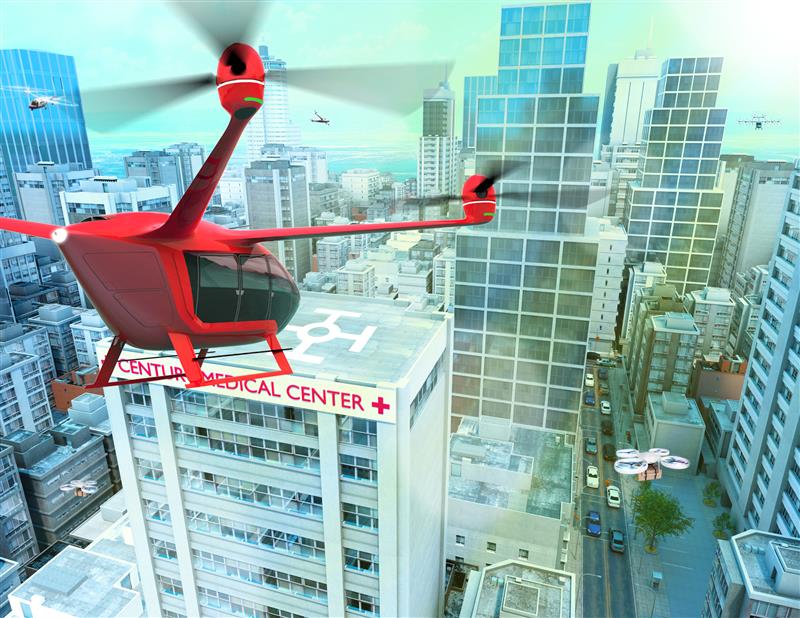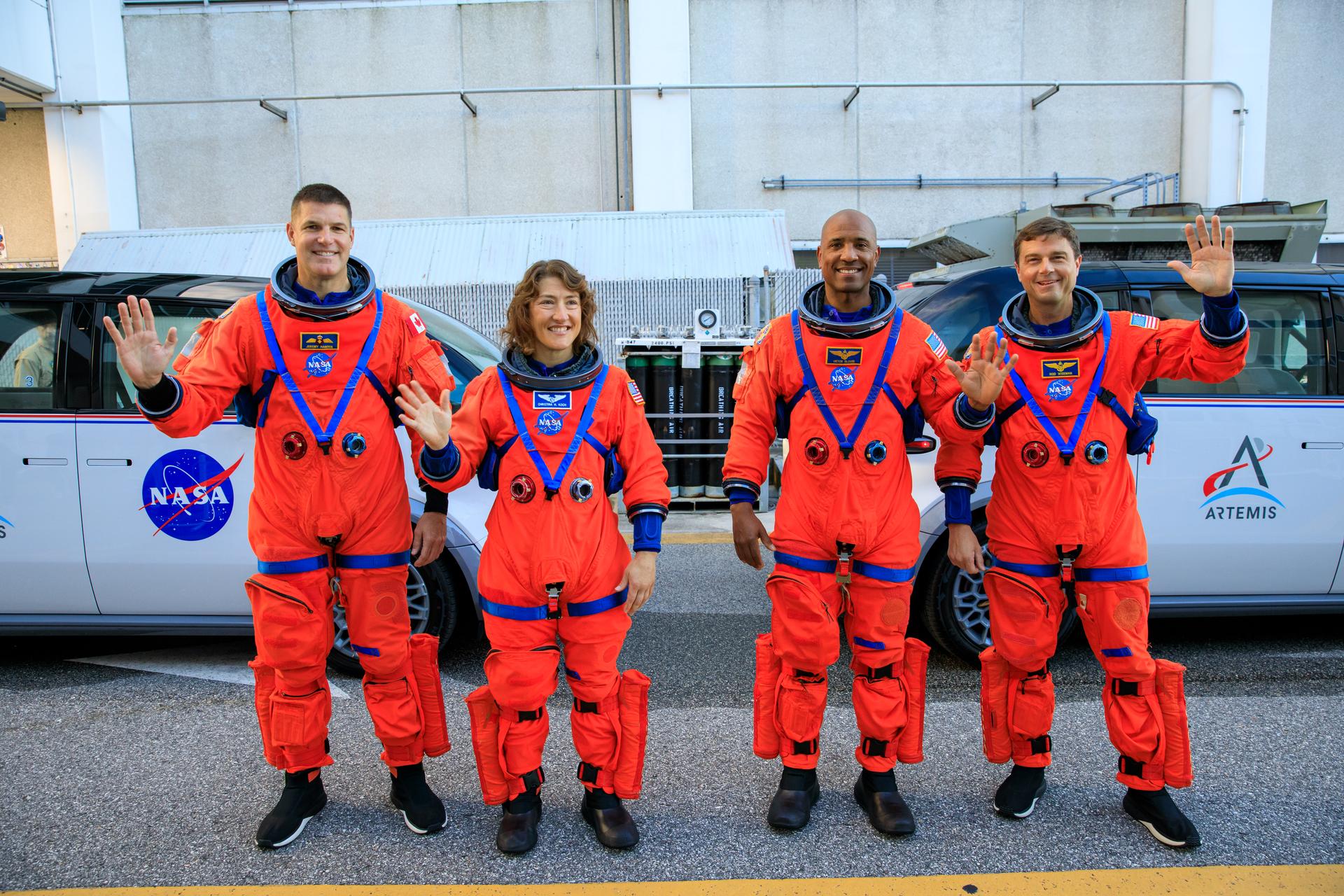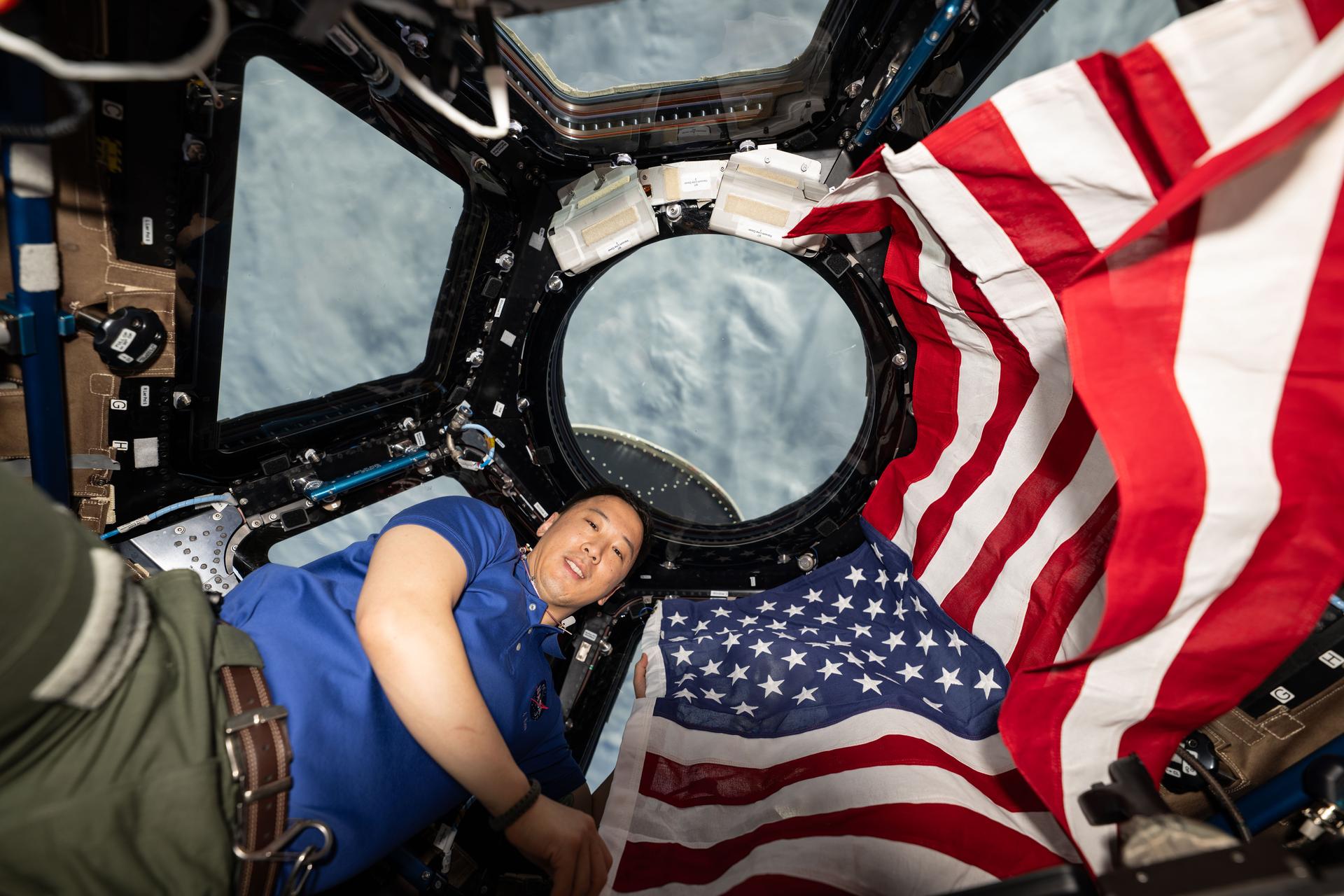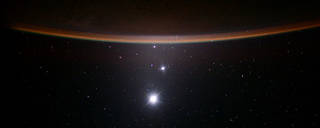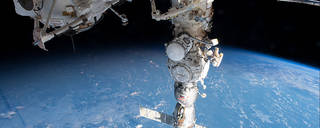May’s Sky Show: Top Planetary Events to Observe in May
NASA May is a great month for stargazing with a host of celestial events happening in the morning and evening skies. Following sunset from May 22-24, you’ll be able to witness a close grouping of the Moon, Venus, and Mars in the western sky. The Moon will sit between the two planets on the 23rd. Venus has been rising higher in the sky each evening for the past few months, but in May, it’ll reach its highest point in the western sky.
Crew Works Science, Maintenance Ahead of Second Axiom Mission
Mission managers have given the go for the launch of the second private astronaut mission to the International Space Station on Sunday. The Expedition 69 crew is preparing to meet the new astronauts while also keeping up its human research, maintaining orbital lab systems, and stowing spacewalk tools. Axiom Space, SpaceX, and NASA managers met on Monday and agreed to launch four Axiom Mission-2 (Ax-2) crew members to the space station at 5:37 p.m. EDT on Sunday. Veteran astronaut and commander Peggy Whitson will lead first-time space flyers Pilot John Shoffner and Mission Specialists Ali Alqarni and Rayyanah Barnawi aboard the SpaceX Dragon spacecraft and guide it to an automated docking at 9:24 a.m. on Monday.
NASA’s Spitzer, TESS Find Potentially Volcano-Covered Earth-Size World
Astronomers have discovered an Earth-size exoplanet, or world beyond our solar system, that may be carpeted with volcanoes. Called LP 791-18 d, the planet could undergo volcanic outbursts as often as Jupiter’s moon Io, the most volcanically active body in our solar system. They found and studied the planet using data from NASA’s TESS (Transiting Exoplanet Survey Satellite) and retired Spitzer Space Telescope, as well as a suite of ground-based observatories. A paper about the planet – led by Merrin Peterson, a graduate of the Trottier Institute for Research on Exoplanets (iREx) based at the University of Montreal – appears in the May 17 edition of the scientific journal Nature.
Hubble Captures a Light-Bending Galaxy Cluster
A vast galaxy cluster lurks in the center of this image from the NASA/ESA Hubble Space Telescope. Like a submerged sea monster causing waves on the surface, this cosmic leviathan can be identified by the distortions in spacetime around it. The cluster’s enormous mass curves spacetime, creating a gravitational lens that bends the light from distant galaxies beyond the cluster. The contorted streaks and arcs of light we see in this image are the result. A host of other galaxies surrounds the cluster, and a handful of foreground stars with tell-tale diffraction spikes are scattered throughout the image. This particular galaxy cluster, called eMACS J1823.1+7822, lies almost nine billion light-years away in the constellation Draco.
NASA’s Webb Finds Water, and a New Mystery, in Rare Main Belt Comet
NASA’s James Webb Space Telescope has enabled another long-sought scientific breakthrough, this time for solar system scientists studying the origins of Earth’s abundant water. Using Webb’s NIRSpec (Near-Infrared Spectrograph) instrument, astronomers have confirmed gas – specifically water vapor – around a comet in the main asteroid belt for the first time, indicating that water ice from the primordial solar system can be preserved in that region. However, the successful detection of water comes with a new puzzle: unlike other comets, Comet 238P/Read had no detectable carbon dioxide. Comet Read is a main belt comet – an object that resides in the main asteroid belt but which periodically displays a halo, or coma, and tail like a comet. Main belt comets themselves are a fairly new classification, and Comet Read was one of the original three comets used to establish the category.
For more information or to learn about other happenings at NASA’s Marshall Space Flight Center, visit NASA Marshall. For past issues of the ICYMI newsletter, click here.

